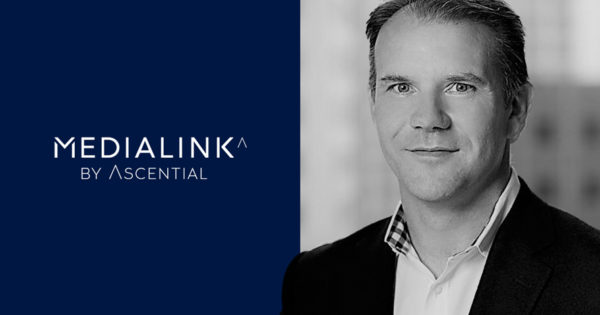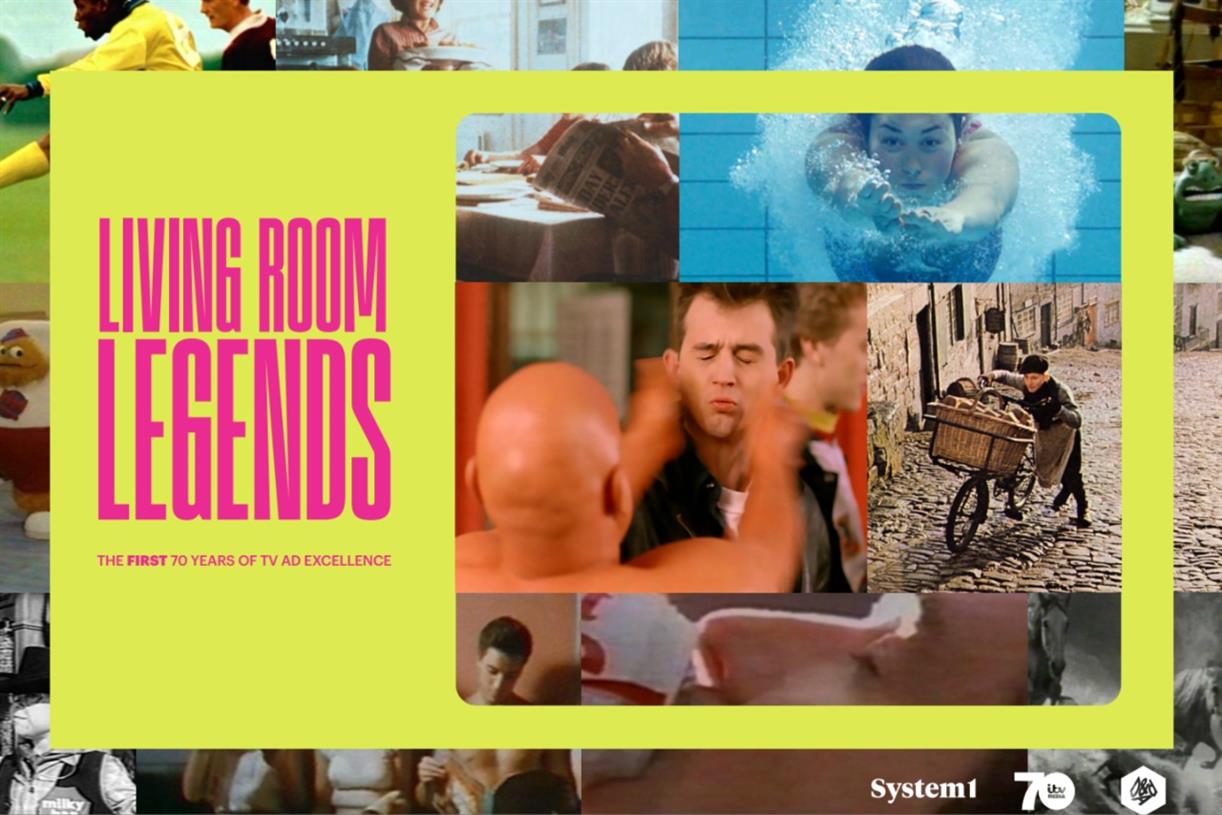5 takeaways from the 2022 TV upfronts
Measurement, alternative currencies and shoppables were largely underplayed, despite high expectations, at the upfronts.

Entertainment behemoths stormed New York this week for their first in-person upfronts since pre-pandemic in an attempt to woo buyers with flashy presentations and musical performances by top performing artists, as well as elaborate—and crowded—after-parties.
In conversations with Ad Age ahead of the event, executives at leading media conglomerates insisted that their return to in-person soirees would not disappoint—and in some cases, they actually pulled it off. Many attendees expressed appreciation for the return to face-to-face interactions with clients and peers, though some grumbled that the lavish events don’t really seem intended for buyers anymore. (One attendee told Ad Age the general lack of attention to the industry’s measurement hurdles was disappointing.)
The whirlwind week of presentations came in the wake of some seismic shifts in the business. Warner Bros. Discovery took the stage following a merger of the two companies, Paramount presented for the first time since rebranding from ViacomCBS, and everyone had a dang streaming service to sell.
More thoughts on the upfronts week that was:
A game of who’s bigger
This week’s presentations were all about mega-mergers and media behemoths showing off their scale and competing for top prize in a game of which company has the most stars, platforms, channels and content. Once a showcase for the Big Four broadcasters (and The CW) to reveal their fall schedule and parade talent, the spectacles have become far more about putting the sheer size of these companies on display, and less so even on the programming itself (more on that below).
For Disney, that meant a nearly two-hour show that showcased CEO Bob Chapek’s vision for the company’s streaming feature across its portfolio of services, including Disney+, ESPN+ and Hulu.
“Don’t even think about KPIs or DTC or ratings or if people are watching our shows or any of that stuff,” late-night host Jimmy Kimmel joked during his annual roast at the Disney upfront. “Just remember this: This company owns everything. We own Mickey Mouse. We own Spider-Man. We own the Muppets, the Simpsons, the Kardashians, ‘Encanto.’ We own it all. We have enough power to build the Deathstar, which is another thing we own. We’re Disney ... Don’t fucking test us.”
It was a hell of a sales pitch for a company that will introduce an ad-supported tier to its marquee streaming service later this year.
Meanwhile, Warner Bros. Discovery was also eager to show how the newly merged company is just as expansive as its broadcast brethren.
NBCUniversal also went big—its presentation at Radio City Music Hall was bookended by splashy performances by Kelly Clarkson and Miley Cyrus—to show off its sheer scale.
Measurement, alternative currencies and shoppables were underplayed
Measurement and alternative currencies were expected to be hot topics during the upfronts this year. But that’s not how things played out.
“It was interesting to see that while currency was a hot topic of discussion at the NewFronts, it appeared as just a nod during the upfronts,” said Spark Foundry Chief Investment Officer Lisa Giacosa. She noted that there were also few mentions of shoppable ads, which were prominently featured during NewFronts presentations.
One of the executives who touched on shoppables this week was The CW’s Executive VP of National Sales Rob Tuck. “We have a deal with BrightLine and that provides advertisers the opportunity to really customize their creative and get a little more interactive with the advertisements,” he noted in a call prior to the company’s Thursday morning presentation.
NBCUniversal, meanwhile, unveiled a suite of shoppable advertising tools prior to its event. During theupfront event itself, though, programming held most of the focus.
TV schedules matter less than they used to
Fall schedules took somewhat of a backseat this year, with Fox declining to share dates and times for its programming slate. Charlie Collier, CEO of Fox Entertainment at Fox Media, said instead that the media giant would release its schedule “well in advance of the season.” The CW won a few laughs from the audience Thursday morning when its CEO Mark Pedowitz quipped, “There is an actual fall schedule.”
Paramount, Disney and NBCU, meanwhile, also unveiled schedules—calling attention to programming blocks on specific nights as strengths.
That said, some buyers said that knowledge of exact schedules isn’t imperative right now.
"Programming changes so much throughout the year anyway, the exact schedule announcement isn’t materially important,” David Campanelli, executive VP and chief investment officer at Horizon Media, told Ad Age.
Where were the trailers?
Teasers for new fall releases were once at the heart of upfronts week, giving advertisers a glimpse at the new content they could align with. In May 2009, for example, ABC showed the entire first episode of “Modern Family” at its upfront presentation (that’s before it was called the Disney upfront). The move was meant to serve as a sign of confidence in the new sitcom. And there was once a time this publication made a game out of predicting next season’s hits and misses.
But this year it’s hard to recall a standout title given that trailers for upcoming programming took a back seat as network groups tried to balance all of their brands across linear and streaming. While the networks highlighted categories of programming—especially unscripted fare and sports—more time was spent discussing where people can watch the content than the content itself. So much so that during Paramount’s presentation, attendees were encouraged to watch trailers for the “Star Trek” series on Paramount’s upfront website.
And NBCU spent ample time touting something that isn’t aired at all: The company hyped its three-day Bravo fandom event, BravoCon. The on-stage fanfare for the experiential event showed how NBCU is looking way beyond programming to connect brands with consumers, with the segment an indication of its efforts to build out e-commerce and shoppable opportunities for advertisers.
The state of the economy is casting a shadow over the ad haggle
The economy was a major—if largely unspoken—subtext for buyers during the upfronts, given ongoing supply chain issues, runaway inflation and the sorry state of the stock market. One buyer told Ad Age that budgets are changing by the day.
“It’s obviously impacting everybody—but everybody differently,” said the buyer. “Right now, our first look at budgets has them flattish, [or] maybe a little bit on the plus side. We’re still positive versus a year ago, like-for-like, in terms of volume. But it’s not a lot—it’s very flattish.”

 Tekef
Tekef 































